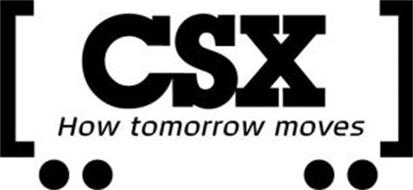
BALTIMORE — CSX Transportation CEO James Foote on Monday joined Maryland Gov. Larry Hogan in officially seeking federal funding for the $466 million Howard Street Tunnel clearance project.
Hogan’s office announced that it submitted an application for a U.S. Department of Transportation grant that would fund raising clearances in the tunnel to permit double-stacks to reach the Port of Baltimore.
Related clearance work at 22 locations between Baltimore and Philadelphia would open CSX’s Interstate 95 Corridor to double-stack service, as well, officials said.
If the $228 million grant request is approved, the project would take five years to complete.
“This is an essential project for the Port of Baltimore, State of Maryland, and the entire East Coast,” Hogan said in a statement. “Reconstructing the Howard Street Tunnel will create thousands of jobs, open up new trade lanes for the port, and improve overall freight rail service across our nation. I’d like to thank our leadership team at the port and CSX for their partnership and willingness to continue working with us on a solution. We look forward to working with our federal partners to make this transformative project a reality.”
Former CSX CEO E. Hunter Harrison stunned Maryland officials when he pulled out of the project in November 2017, citing its costs and the strings that come attached to federal money.
Maryland officials urged Foote to reconsider what at the time was a $425-million project that would have relied on a combination of federal, state, and railroad funding. CSX had been prepared to spend $145 million on the project.
In December 2018, CSX agreed to commit $91 million to the Howard Street Tunnel project. Maryland will contribute $147 million.
Foote hailed the project in a letter to Transportation Secretary Elaine Chao.
“CSX proudly endorses the State of Maryland’s transformative … grant application to increase clearances in the Howard Street Tunnel and 22 adjacent locations, which would provide double-stack rail service for the Port of Baltimore and the entire I-95 corridor,” Foote wrote in the March 4 letter. “This critical infrastructure project would position Baltimore, the state, the Mid-Atlantic and the nation for long-term, sustainable economic growth, reduced highway congestion, and a cleaner environment.”
State and local officials view the project as vital for the Port of Baltimore, which currently lacks double-stack cleared intermodal service. The port has fallen behind its East Coast rivals in the era of ever-larger container ships.
Maryland officials estimate the tunnel project could add 80,000 containers annually to the Port of Baltimore.
With the completion of the first Virginia Avenue Tunnel project in Washington, D.C., in 2016, the Howard Street Tunnel remained the last major obstacle to double-stack service on CSX’s Interstate 95 corridor between New Jersey and Jacksonville, Fla.
CSX has been raising clearances between Baltimore and Philadelphia in anticipation of new finished vehicle traffic from the Volvo assembly plant near Charleston, S.C., that began production last year.
Those clearance projects will support domestic double-stack service as well.






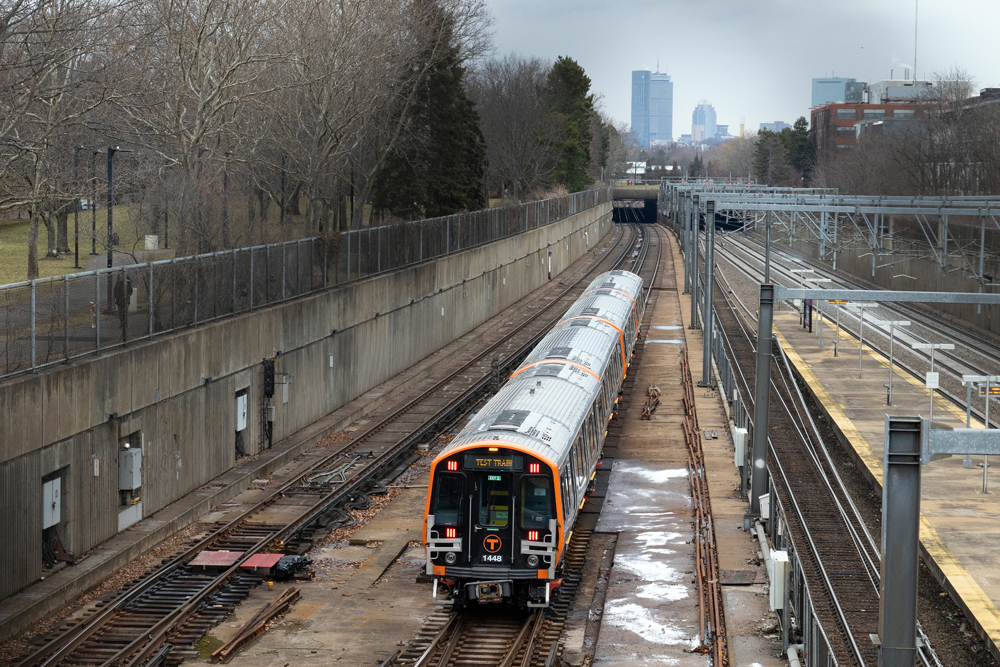
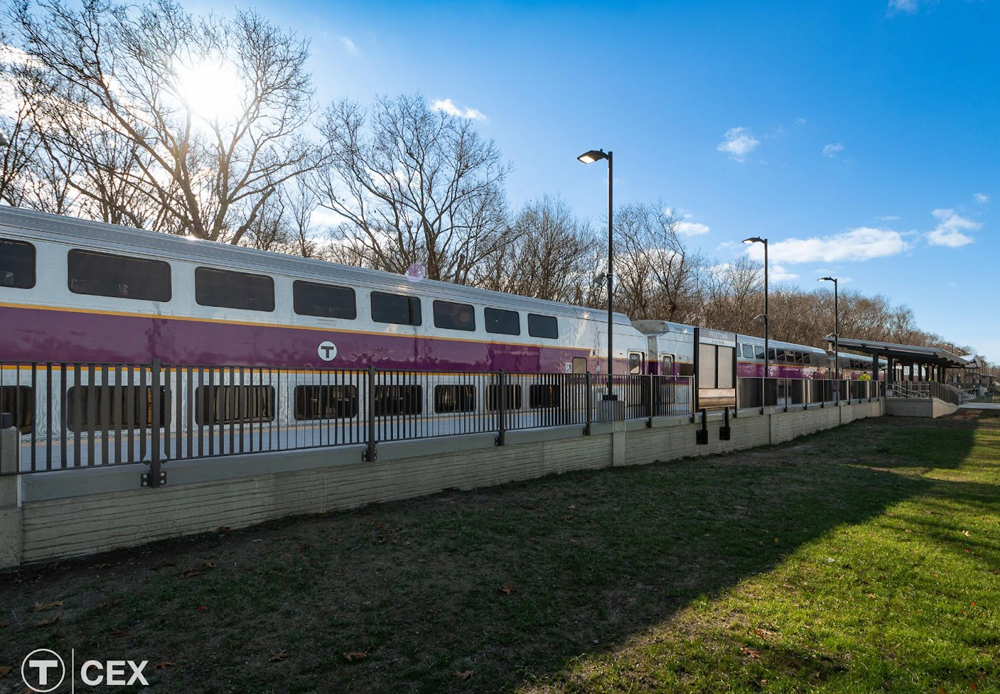
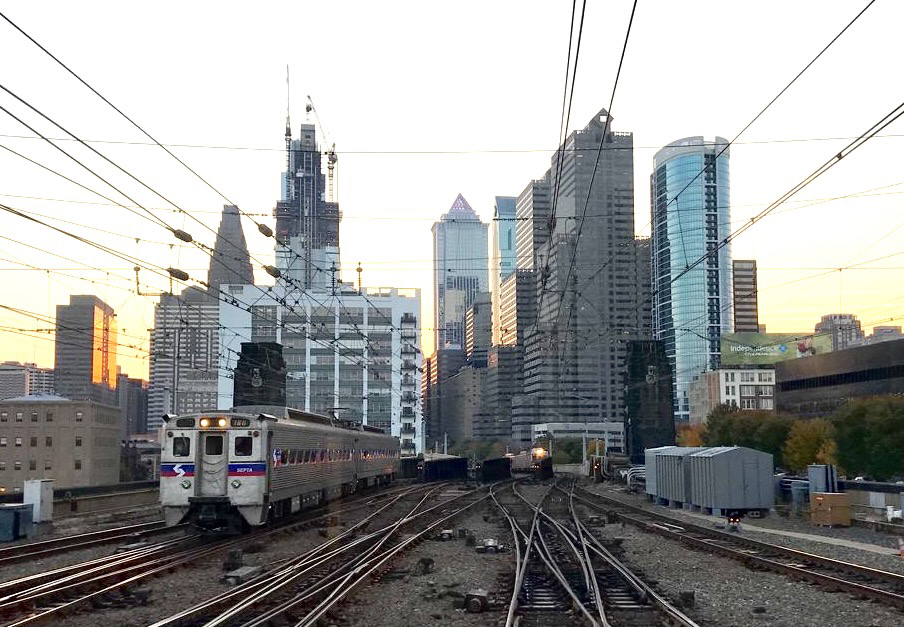



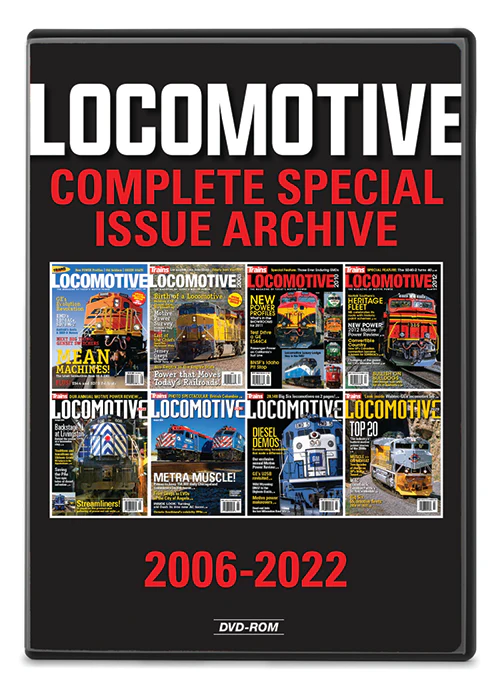
I think it’s a sad commentary that transportation routes are now referred to “corridors” named for the interstate highways that run through them (even railroads are using that terminology). And perhaps the (unconscious?) public perception is that the railroads are somehow the interlopers on these routes…
I’m with Charles and Paul on this one. Yes, it is a project for Port of Baltimore but it also improves the efficiencies of freight transport along the I-95 corridor. Infrastructure has and will always be supported by public dollars in one form or another. The only sad part is probably the lack of confidence in many that CSX could actually get more trucks off highway with the improved infrastructure or is it simply a container now moved out Port of Baltimore instead of Port of NY/JC or Norfolk
Not always agree with Charles but we need to get beyond the fact that public investment in highway lanes is the only solution to transport of people and goods. Also agree with Paul, anyone who thinks that highways are wholly paid by user fees don’t have an idea how much general fund tax dollars have been used to prop up the Highway trust fund or how much a loaded truck wears down and damage pavement versus the hundreds of cars that might pass it.
PAUL – You are absolutely right. Trucks need to get off I-95 (onto CSX) and I-81 (onto Norfolk Southern) as well. If it takes diversion of highway money and to the railroads, so be it. I’m a conservative, but I’ve heard people to the right of (even) me say that one can’t be a purist about corporate welfare. Instead one must take it case by case.
Macmcculoch I note with interest the first time in the long history of discussion of this project that it includes needed additional clearance improvements between Baltimore and Philly. So it’s not only about ocean boxes for the Port of Baltimore, which won’t be a big deal, but also about domestic double stacks on the I-95 corridor, which is.
As for tapping into public money I say it’s about time. Truckers have been getting their ROW for less than cost for decades. You don’t like “government industrial policy” of picking winners and losers (I’m not a huge fan either but then again the financial markets don’t seem to fund anything that doesn’t give near immediate quarterly returns)? Then make truckers pay 100% of the road damage they cause to keep the roads in a state of good repair as well as the shouldering some of the risk of any new highway capacity improvements not providing a sufficient “return on capital”.
You who rail at CSX management for doing what it should do to protect the stockholders are missing the point which is that CSX does not need this project. It is all about making the Port of Baltimore ‘sort of’ competitive in the container trade. If CSX does nothing, the containers that might come to Baltimore after the project would have come to some other port where CSX would have got many of them anyway. This is a Port of Baltimore and State of Maryland project, not CSX.
CSX should put NO stockholder money into the Port of Baltimore. I suspect their share is about the cost to clear the rest of the route for double stacks. Hopefully there is a business case for that.
Right on target Gregg Spindler.Let them use the money they are using for stock buybacks
Gregg, I agree with you 100%.
Let’s get this straight… CSX is spending $10B on share buy-backs. And they want ti chisel $228M from the feds and Maryland?
This is corporate welfare at its worst. CSX is run by a bunch of asset strippers that are stuffing their pockets. At the same time they are shaking down taxpayers (i.e., you and me) for $228M.
A pubic/private boondogle. Looks like CSX will get something for its money. Port of Baltimore gaining double stack access to the network is a net wash. Boxes that go to Baltimore because of this project would have otherwise landed elsewhere. A classic redistribution of a fixed pie.